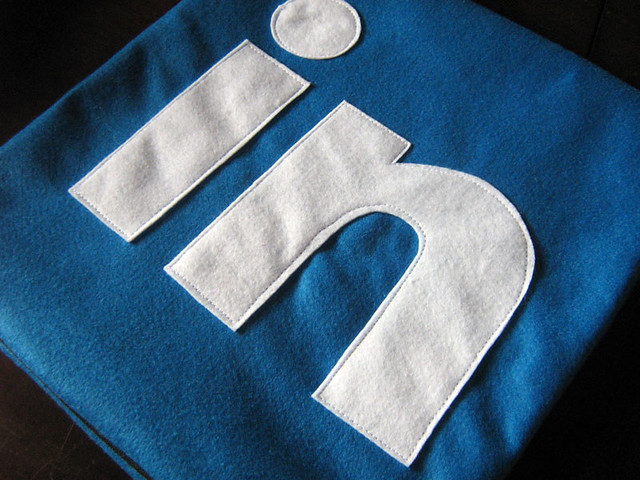 LinkedIn is one of those networks that has so much going on that, unless you can devote several hours a week to its use, you’re not really using it to its fullest extent. As a job seeker, here are eight secrets you can use to help find your next job (or the one after that) with LinkedIn.
LinkedIn is one of those networks that has so much going on that, unless you can devote several hours a week to its use, you’re not really using it to its fullest extent. As a job seeker, here are eight secrets you can use to help find your next job (or the one after that) with LinkedIn.
- Export your résumé to a PDF. While LinkedIn is the résumé of the 21st century, there are still plenty of companies that requiring a paper one, or at least an electronic version. Rather than writing and editing a new one, export your LinkedIn profile as a PDF. Keep in mind that if you have pimped out your profile, you’ll get a résumé that’s five pages long. That’s way too long. Be prepared to cut all the extraneous stuff — publications, group memberships, recommendations — and keep the job experience and education only. Copy and paste that into a word processor, and clean it up, so you can send it as a Word document to any company that still lives in the 20th century.
- Check to see who’s been viewing your profile. This is especially important as you’re job hunting. When you send out an application, you can tell when someone at your target company has looked at your profile. But if you’re using the free version of LinkedIn, you’re not getting the whole story, or at least the person you wanted to see, so you may need to check it a few times a day.
- Get recommendations by writing them first. Recommendations will help you greatly, so you can get them by either asking your recommenders — and looking like Oliver Twist (“Please, sir. May I have some praise?”) — or by writing them first. Offer them to your co-workers (current and former), write them, and then ask them to return the favor a couple weeks later. The reason is that if a hiring manager ever looks at your recommenders’ profiles, you don’t want it to look like all your recommendations are made quid pro quo, and are nothing more than hollow favors.
- Don’t put in your “Blog” or “Website” on your profile. When you check that box on your profile, and then fill in the URL, the words “Blog” or “Website” show up in the profile. But if you check “Other,” you can say what that site actually is, like Laughing Stalk blog. This way, if you want to give yourself a little SEO boost, and put in the name of your company or website, you can do that.
- Find someone’s Twitter account on their profile. The thing I love, LOVE, LOVE about Twitter and LinkedIn is that there is no gatekeeper blocking your access. Not like a telephone. So you can not only connect with someone on LinkedIn — and avoid their admin — you can find their Twitter handle and connect with them there as well. Put your potential employers into a single column where you can follow them all at once and respond appropriately.
- Export your Gmail contacts to LinkedIn. Then export your LinkedIn contacts, and re-import them back to Gmail. Find/Merge all your duplicates, and your Gmail is fully synced up with all your LinkedIn connections. Then load your Gmail list to Twitter, Google+, and any other work-related social networks and you’ll have synced up all your contacts on all your networks.
- Connect with unreachable people by joining their groups. You may have problems connecting with someone because you don’t know their email address. If you’re trying to connect with a hiring manager or an industry luminary, join some of the groups they’re in. Afterward you’re free to connect with anyone in the group. Just, please oh please, don’t be a stalker or a pest.
- Rewrite every “I’d like to connect with you” message. All it takes is a couple people to forget they met you at that thing with the guy last week, and click “I don’t know this person” for LinkedIn to get a little snippy and put you on double-secret probation. Remind people why they know you and why you want to connect with them so they know that you do, in fact, have a real reason to connect.
These are some basic secrets that a lot of LinkedIn users still don’t know about or think about, but if you get a handle on these basics, you can rock your LinkedIn presence and outperform some of the people who are still using it as a résumé-only site.
Author:
Erik Deckers is the owner of Professional Blog Service, and the co-author of Branding Yourself: How to Use Social Media to Invent or Reinvent Yourself. His new book, No Bullshit Social Media: The All-Business, No-Hype Guide to Social Media Marketing, which he wrote with Jason Falls, is in bookstores and on Amazon now.












